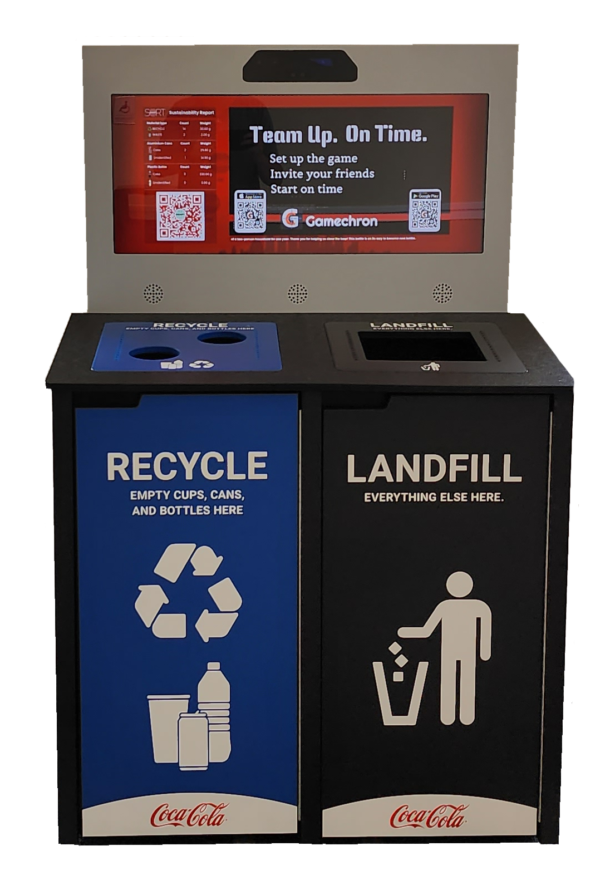In today’s world, the need for sustainable waste management has become increasingly crucial. With the growing concern for environmental preservation, it is essential to adopt innovative approaches to minimize waste generation and maximize resource utilization. Circulatory recycling is one such approach that holds great promise in promoting sustainable waste management. In this blog post, we will explore the concept of circulatory recycling, its benefits, and its importance in our journey toward a greener and cleaner future.
What is Circulatory Recycling?
Circulatory recycling, also known as closed-loop recycling or cradle-to-cradle recycling, is a waste management strategy that aims to create a closed-loop system where materials are continuously recycled and reused, eliminating the need for disposal or extraction of new resources. Unlike traditional linear models, where materials are discarded after use, circulatory recycling focuses on maintaining the value of materials and ensuring they are constantly reintegrated into the production cycle.
Benefits of Circulatory Recycling:
Resource Conservation: Circulatory recycling promotes the efficient use of resources by reducing the demand for raw materials. By reusing materials, we can conserve natural resources such as timber, minerals, and water, reducing the strain on the environment.
Energy Savings: Recycling materials requires less energy compared to extracting and processing virgin resources. Circulatory recycling helps to reduce energy consumption, leading to a significant reduction in greenhouse gas emissions and mitigating climate change.
Waste Reduction: By adopting circulatory recycling practices, we can divert a significant amount of waste from landfills, reducing the environmental impact of waste disposal and minimizing pollution risks.
Economic Opportunities: Circulatory recycling not only benefits the environment but also creates economic opportunities. It fosters the development of recycling industries, job creation, and the growth of a circular economy, where products and materials are kept in use for as long as possible.
Importance of Circulatory Recycling:
Closing the Loop: Circulatory recycling closes the loop by ensuring that materials are continuously cycled back into the production process. It breaks the linear model of “take, make, dispose” and replaces it with a circular model that enables the perpetual use of materials, reducing the need for resource extraction.
Waste Reduction and Management: With global waste generation reaching alarming levels, circulatory recycling provides an effective solution to manage and reduce waste. By diverting materials from landfills and incinerators, we can minimize the environmental impact and conserve valuable resources.
Environmental Preservation: Circulatory recycling plays a significant role in environmental preservation. By reducing resource extraction and energy consumption, it helps to conserve ecosystems, preserve biodiversity, and mitigate climate change.
Promoting Sustainable Consumption: Circulatory recycling encourages sustainable consumption practices by emphasizing the importance of choosing products made from recycled materials. It raises awareness among consumers about the environmental implications of their choices and promotes a more responsible and sustainable lifestyle.
Circulatory recycling is a powerful tool in promoting sustainable waste management. By adopting this approach, we can conserve resources, reduce waste, and minimize our environmental footprint. Understanding the importance of circulatory recycling is crucial for individuals, businesses, and governments as we strive toward a greener and cleaner future. Let us embrace this innovative solution and work together to create a more sustainable and circular economy




